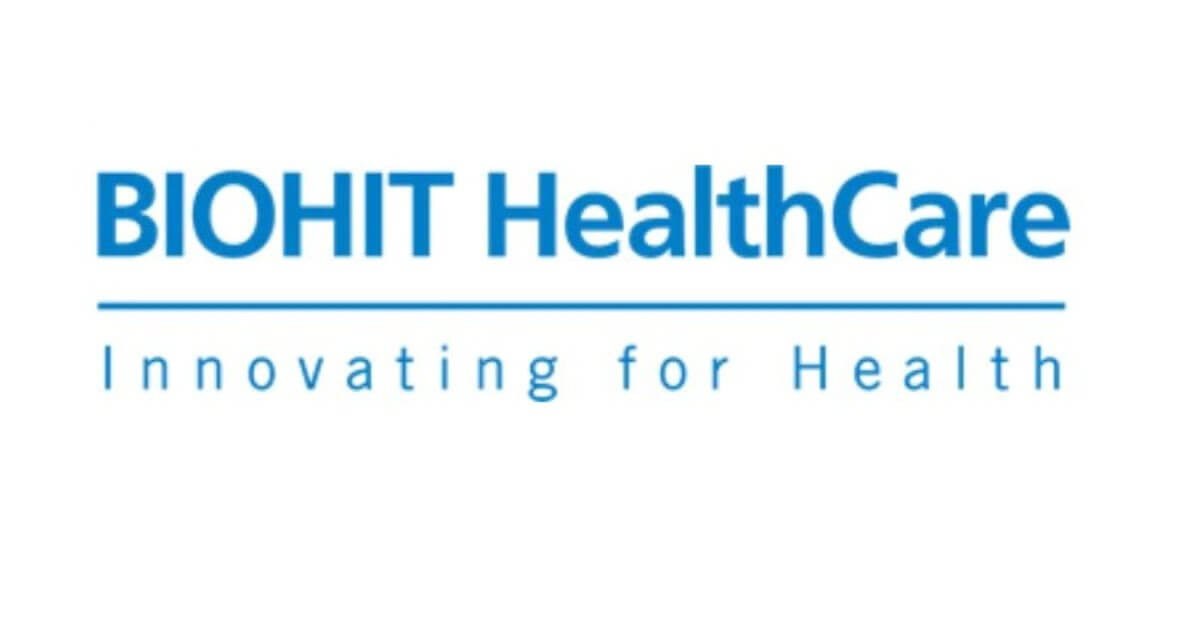Diagnostics is the backbone of both emergency and planned care pathways in the NHS, guiding over 85 per cent of all clinical decisions made each year.1 Yet despite this critical role, diagnostic services in England have long struggled to meet demand. NHS targets for timely diagnoses have not been met for more than a decade, contributing significantly to the current waiting list of over 7.6 million patients.1 In many cases, these waits are for an initial diagnosis – the essential first step in determining whether a patient requires further investigation, ongoing treatment or, in urgent cases, immediate intervention for serious conditions such as advanced cancers. With diagnostic delays impacting patient outcomes and affecting downstream services, it is clear that the NHS needs to dramatically increase diagnostic capacity to meet current and future demand.
Community Diagnostic Centres (CDCs) are central to current efforts to scale up testing, and are designed to deliver fast, accessible diagnostic procedures closer to where people live. The CDC programme was launched in 2020 following the publication of Professor Sir Mike Richards’ Diagnostics: Recovery and Renewal report.2,3 The report, widely welcomed across the health system, proposed a radical rethinking of diagnostic services. It called for the creation of new, free-standing facilities located away from main hospital sites to improve access, accelerate diagnoses and reduce health inequalities. The need to continue improving the diagnostic infrastructure to ease pressure on hospitals and reduce bottlenecks in care delivery has been recognised by the new Labour government.1
Endoscopy: the often overlooked essential in CDC expansion
CDCs have become a central part of NHS England’s long-term strategy to expand diagnostic capacity.4 With 170 centres already open across England, these facilities offer services such as imaging (MRI, CT, ultrasound), pathology (blood tests and biomarkers) and physiological measurements (ECG, blood pressure, field testing). Larger CDCs may also offer endoscopy services, such as gastroscopy, trans-nasal endoscopy (TNE) and colonoscopy. Ideally, these services should be available in all areas with high bowel cancer incidence,5 where the need for timely gastrointestinal diagnostics is especially urgent. Unfortunately, endoscopy services are not yet present in the majority of large CDCs. The reasons for this remain unclear, but may partly be due to ongoing infrastructure and workforce limitations.
In his report, Professor Richards highlighted how endoscopy services were under considerable strain, even before the pandemic,3 and the situation has likely worsened in its aftermath. This pressure stems largely from workforce constraints, while the Get It Right First Time (GIRFT) programme also uncovered inadequate facilities within a significant number of NHS trusts.3 Rising demand for GI procedures is compounding the issue; demand for endoscopy procedures has been steadily increasing for many years, with an average growth rate of three per cent for gastroscopy from 2015 to 2020.
Reluctance to implement these services within CDCs may also be because endoscopy is often not seen as a natural fit for community- or primary care-based settings, due to its invasive nature. It has historically sat adjacent to surgery, as it requires significant dedicated space, specialist staff and close clinical oversight. As a result, it appears as though many regions have opted to prioritise more scalable services that can be easily deployed to address diagnostic needs, leaving endoscopy overlooked – at least for now – in the CDC rollout.
Point-of-care (POC) testing in CDCs
CDCs present an ideal setting for expanding point-of-care (POC) testing. Unlike traditional diagnostics that rely on centralised laboratories, POC tests can deliver rapid, actionable results on site. This significantly reduces the need for hospital visits, and allows clinicians to make faster decisions, streamlining the patient journey from symptom to diagnosis and treatment. The aim of CDCs – to bring care closer to the patient – perfectly aligns with the capabilities of POC in vitro diagnostics, which are designed to be used by trained personnel in non-acute settings, rather than requiring extensive lab infrastructure.
For gastrointestinal diseases, POC assays – such as the GastroPanel® Quick Test – offer a valuable first step in early diagnosis. By introducing these technologies into CDCs, patients can be triaged, risk stratified and, where appropriate, referred for endoscopic procedures. This allows trained technicians to manage low risk cases, while highly skilled clinical staff focus on more complex patients, helping to alleviate growing workforce pressures in endoscopy and gastroenterology.
POC testing in CDCs offers a number of tangible benefits in terms of faster decision-making and earlier interventions, which can improve patient outcomes and reduce delays in care. By delivering diagnostics on site, it also reduces the burden on central laboratories and acute hospitals, and makes services more accessible to those who may find it difficult to travel to hospital-based appointments. The greater convenience of POC testing can improve patient compliance and follow-up, especially for those managing long-term conditions. Crucially, it enables smarter workforce and resource allocation, by stratifying patients for endoscopy based on risk.
While traditional endoscopy services have not yet been widely adopted within CDCs, POC IVDs for gastrointestinal diseases offer an ideal middle ground. These tools enable early, non-invasive testing in community settings, helping to identify patients who would benefit most from specialist follow-up without requiring a full endoscopy service on site. In this way, POC diagnostics can act as a valuable bridge between the aspirations of CDCs and the realities of service delivery, expanding access to gastrointestinal care without compromising on quality.
A new era for gastrointestinal diagnostics
CDCs and POC testing are reshaping the way diagnostic services are delivered across the NHS. By bringing high quality testing closer to patients, these innovations are helping to reduce dependency on hospital-based services, cutting waiting times and improving access to care, particularly for those managing chronic conditions or living in underserved areas. For gastrointestinal diseases, POC testing within CDCs offers a fast, non-invasive and scalable solution that complement existing services and help to prioritise those patients most in need of further intervention. While traditional endoscopy remains a cornerstone of GI diagnostics, its limited rollout in CDCs highlights the importance of alternative approaches that are both clinically effective and operationally feasible. As the NHS continues to evolve, the thoughtful deployment of innovative diagnostics in community settings will be key to building a more accessible, equitable and sustainable future for gastrointestinal healthcare.
To find out more about our POC products, visit biohithealthcare.co.uk/products
References
- Independent Healthcare Providers Network. Dialling up diagnostics: The vision for Phase Two of Community Diagnostic Centres.
- NHS England. Community Diagnostics Centres.
- NHS England. (2020) Diagnostics: Recovery and Renewal – Report of the Independent Review of Diagnostic Services for NHS England.
- NHS England. (2024) Community Diagnostic Centres.
- All-Party Parliamentary Group for Diagnostics. CDCs Unveiled: Challenges & Triumphs.








